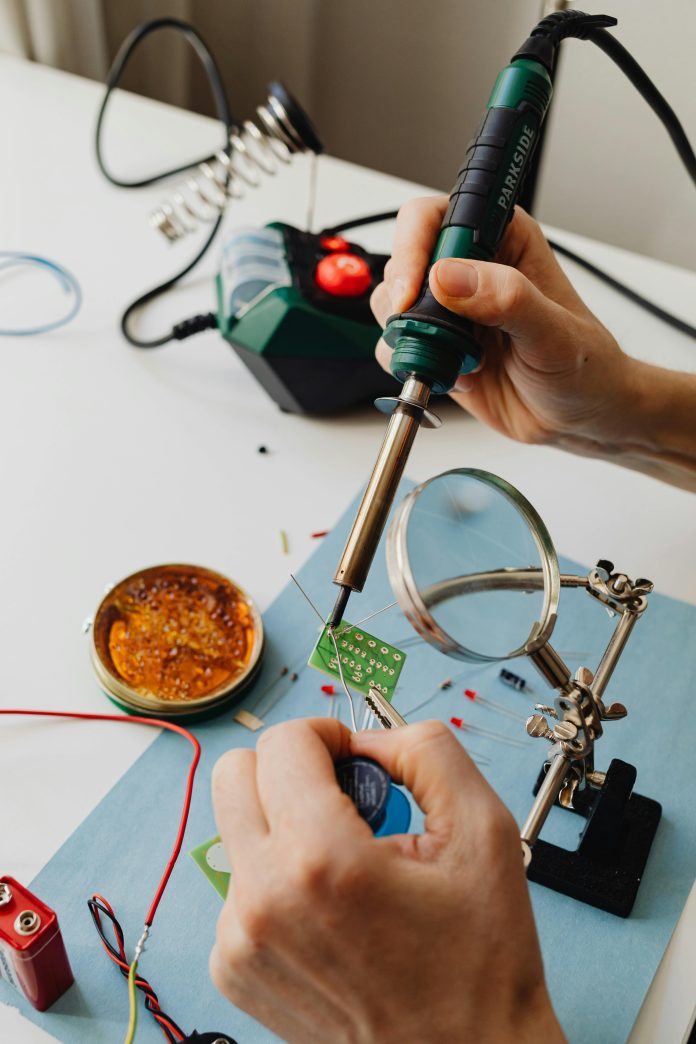Imagine buying a thousand-dollar phone only to be told you can’t replace a cracked screen without paying half the price of a new device. Frustrating, right? That’s the everyday reality millions of consumers face. The Right-to-Repair movement is changing that narrative, giving people more control over their gadgets and pushing tech giants to rethink how they build products.
What is Right-to-Repair?
Right-to-Repair is the growing demand that companies give consumers and independent repair shops the ability to fix devices easily. This includes access to spare parts, repair manuals, and diagnostic tools — things that manufacturers often restrict.
It’s not just about fixing a broken screen or swapping out a battery. It’s about empowering ownership. When you buy a phone, laptop, or smartwatch, you should be able to repair it without going through hoops.
Why It Matters
- Reducing E-Waste: Every year, over 50 million tons of e-waste are generated globally, much of it from discarded gadgets. Extending the life of devices even by one year can significantly reduce this waste.
- Saving Money: Replacing a battery or a screen at an independent shop can be half the cost of official service centers.
- Environmental Impact: Repairing instead of replacing reduces demand for raw materials like rare earth metals, which require harmful mining practices.
The Big Players and Their Moves
- Apple: Once notorious for restricting repairs, Apple has opened its Self Service Repair program in select regions. Consumers can order genuine parts and access manuals for certain iPhone and Mac models. Learn more here.
- Samsung: Partnered with iFixit to provide parts and repair kits for Galaxy devices.
- Microsoft: Committed to making Surface devices easier to repair after shareholder pressure.
- Fairphone & Framework: These smaller companies are pioneers, building modular phones and laptops that you can repair at home with a screwdriver.
Policy and Regulation
- European Union: Leading the charge, the EU has already passed laws requiring consumer electronics to be more repairable and durable.
- United States: Some states like New York and California have passed Right-to-Repair bills, pushing tech companies to make parts and manuals available.
These laws are forcing global brands to adjust their strategies — a win for both consumers and the environment.
What This Means for You
- Check Before You Buy: Look at repairability ratings (iFixit publishes detailed guides).
- Support Repair-Friendly Brands: Companies like Fairphone, Framework, and even Lenovo are making devices with replaceable parts.
- Use Authorized Programs: If your phone is from Apple or Samsung, explore their new repair programs before giving up on your device.














